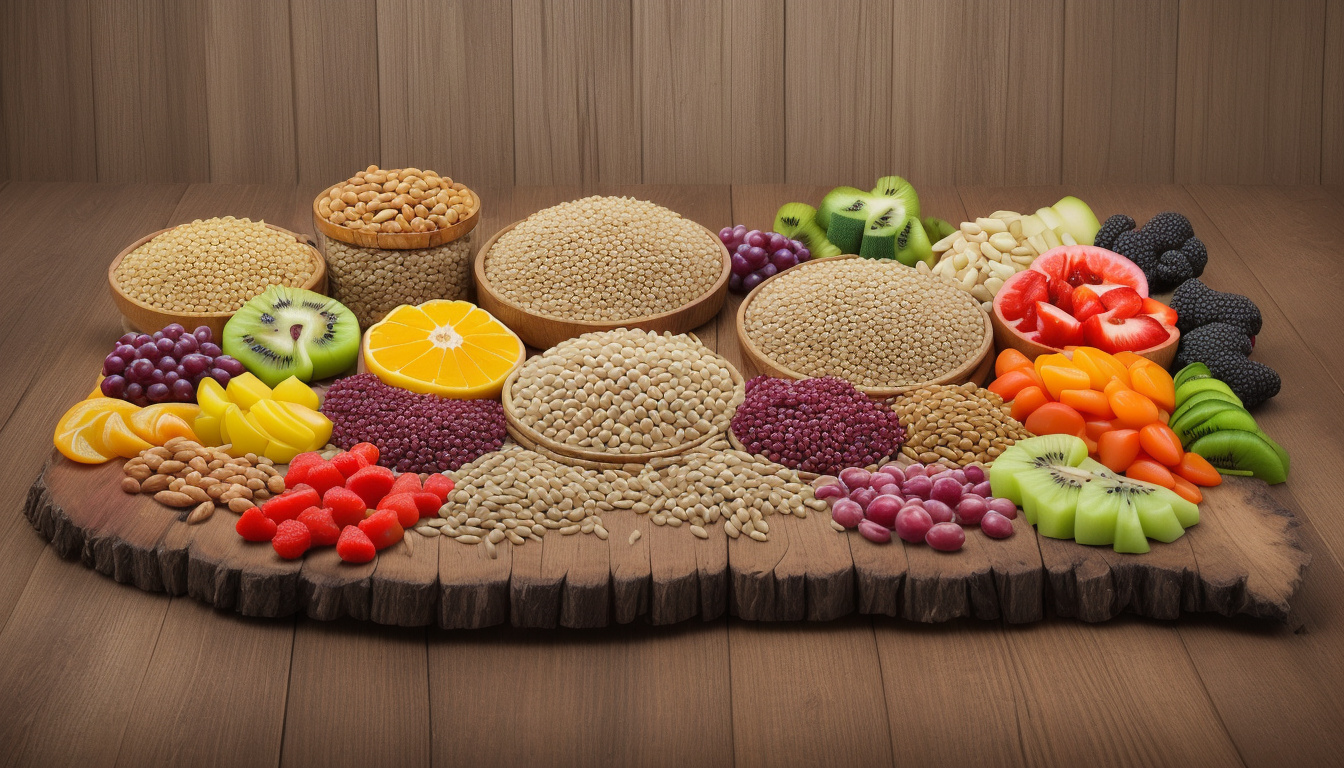Rediscovering Nutrient Dense Foods: What Our Ancestors Knew About Healthy Eating

In our fast food era, processed snacks fill shelves. We miss the wisdom passed down from ancestors who ate dense, nutrient-rich foods long before modern farms. Our early people—from hunters and gatherers to first farmers—built diets that kept their groups strong and built a life.

This article looks at the dense foods our ancestors ate and shows how learning from their diets can guide our eating today.
A Historical Perspective on Nutrition
For most of human life, our ancestors worked as hunters and gatherers. Early humans hunted, fished, and gathered plants. They picked foods that grew close by. Anthropologists study groups like the Tsimane in Bolivia. They see that people gather food from forests and rivers near them. These diets included fruits, vegetables, nuts, and lean meats. This mix shows a wide range of food. Modern research finds a clear split between these old diets and today’s processed meals. When people turned to farming 12,000 years ago, diets grew simpler and often brought high calories with fewer nutrients.
Nutrient-Dense Foods Our Ancestors Valued
- Fruits and Vegetables
Many hunter-gatherers ate a broad mix of fruits and vegetables—much more than many eat today. Berries, tubers, and greens supplied vitamins and minerals needed for strength. The Hadza of Tanzania still gather fruits and roots today, showing the deep roots of their diet. - Lean Proteins
Meat held a place but did not make the whole meal. Early people ate whole animals. They used muscle, organs, and bone marrow. This mix gave the body nutrients and fats that helped both body work and brain work. - Nuts and Seeds
These foods gave healthy fats, proteins, and carbohydrates. Nuts and seeds are clear examples of foods that kept energy levels steady through the day. - Wild Grains and Legumes
Before farming, wild grains and legumes were part of the daily meal. They provided fiber, protein, and key nutrients to keep the body running. - Fish and Seafood
Coastal and river groups turned to fish for protein. Fish bring omega-3 fats that help the heart and brain work well.
Insights from Modern Research
New studies show benefits in eating diets similar to those of early humans. Nutrition experts say that our genes may work best with the foods of the past. This idea has led to a rise in diets that mirror early food habits. It is worth noting that our ancestors ate a wide range of foods rather than focusing on one group. As our study of food grows, some experts see that old diets in many cultures did not center only on meat.
Why Embrace Nutrient-Dense Foods?
- Improved Overall Health
Meals filled with fruits, vegetables, and lean proteins link with lower risks of heart problems, diabetes, and extra weight. - Sustained Energy Levels
Foods rich in nutrients bring vitamins and minerals that keep energy steady all day. Unlike processed meals, these foods help avoid quick drops in energy. - Mental Clarity
Healthy fats from fish, nuts, and seeds keep the brain working well and help keep thoughts clear.
Conclusion
Rediscovering the nutrient-rich foods of our ancestors can help guide better choices today. A balanced meal with fruits, vegetables, lean proteins, whole grains, and healthy fats follows the old ways that built strong lives. This path is good for our bodies and helps us live close to nature. As we move ahead, we may do well to rethink how we eat and take lessons from those who lived long before us.





